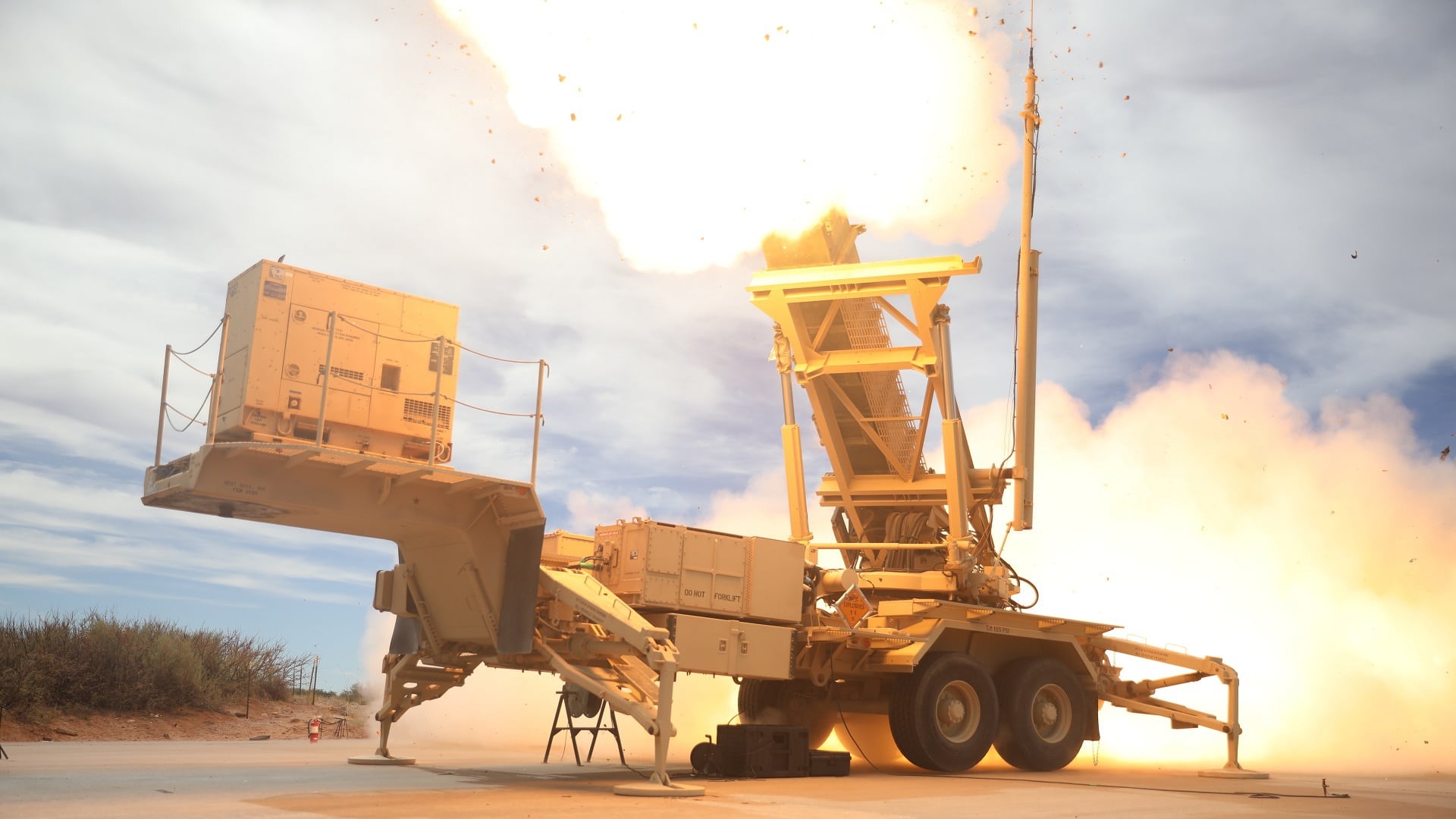Starting in October 2022, the Russian military launched a long-range missile campaign against Ukrainian critical infrastructure. The goal was simple: Destroy the country’s national energy infrastructure and put the utmost pressure on Kyiv to negotiate.
Hundreds of ballistic and cruise missiles, as well as suicide drones, caused significant damage in Ukraine, forcing millions of people to live without power, water, and internet during the harsh winter.
But Kyiv didn’t budge, and with the help of the West, it became more proficient in dealing with the Russian attacks.
Russia’s Missile Strategy in Ukraine
By April, Moscow had to ease up on the missile strikes because of shortages. The international sanctions, coupled with the technological dependence on the West for many key parts to manufacture the missiles, meant that the Russian military was running out of munitions.
With another winter around the corner, Russia is likely to mount up its long-range missile campaign once more. But this time, Ukraine is vastly better equipped to deal with the threat.
Air launched cruise missiles, such as the AS-23A Kodiak cruise missile, have been at the heart of Moscow’s long-range missile campaign. To counter the Ukrainian air defenses, the Russian Aerospace Forces use strategic bombers to deploy air-to-ground munitions while flying within Russia and far from the frontlines.
“Open source reports suggest that since April 2023, ALCM [air launched cruise missile] expenditure rates have reduced, while Russian leaders have highlighted efforts to increase the rate of cruise missile production,” the British Military Intelligence assessed in a recent estimate of the war.
“Russia is therefore likely able to generate a significant stockpile of ALCMs. There is a realistic possibility Russia will again focus these weapons against Ukrainian infrastructure targets over the winter,” the British Military Intelligence added.
The Ukrainian Response
The Ukrainians are trying to counter Moscow’s missile strategy by bolstering their air defenses and attacking the source.
After dozens of packages of security aid from the West, Kyiv now fields an impressive air defense umbrella with systems like the MIM-104 Patriot, IRIS-T, and National Advanced Surface-to-Air Missile System (NASAMS). Kyiv also has several short-range anti-aircraft systems like the German Gepard that are designed to shoot down drones with chain 0.50 caliber guns, thus saving the more expensive air defense missiles for the big threats.
The Ukrainian military can now shoot down almost all incoming munitions, including hypersonic Kinzhal cruise missiles.
Besides bolstering its air defenses, Kyiv has been going straight at the source, either destroying the platforms that carry the missiles (ships and aircraft) or the missile production itself. Over the weekend, for example, the Ukrainian forces attacked the Smolensk Aviation Plant that produces KH-59 Ovod cruise missiles. According to the Ukrainian Military Intelligence (GUR), three out of the four suicide drones found their target and caused significant damage to the plant in Russia.
As the winter approaches, the Ukrainians will likely increase their efforts to sabotage Russian missile production and continue to attack airfields that house the strategic bombers responsible for carrying the munitions.
A 19FortyFive Defense and National Security Columnist, Stavros Atlamazoglou is a seasoned defense journalist specializing in special operations and a Hellenic Army veteran (national service with the 575th Marine Battalion and Army HQ). He holds a BA from the Johns Hopkins University, an MA from the Johns Hopkins’ School of Advanced International Studies (SAIS), and is pursuing a J.D. at Boston College Law School. His work has been featured in Business Insider, Sandboxx, and SOFREP.
From the Vault

